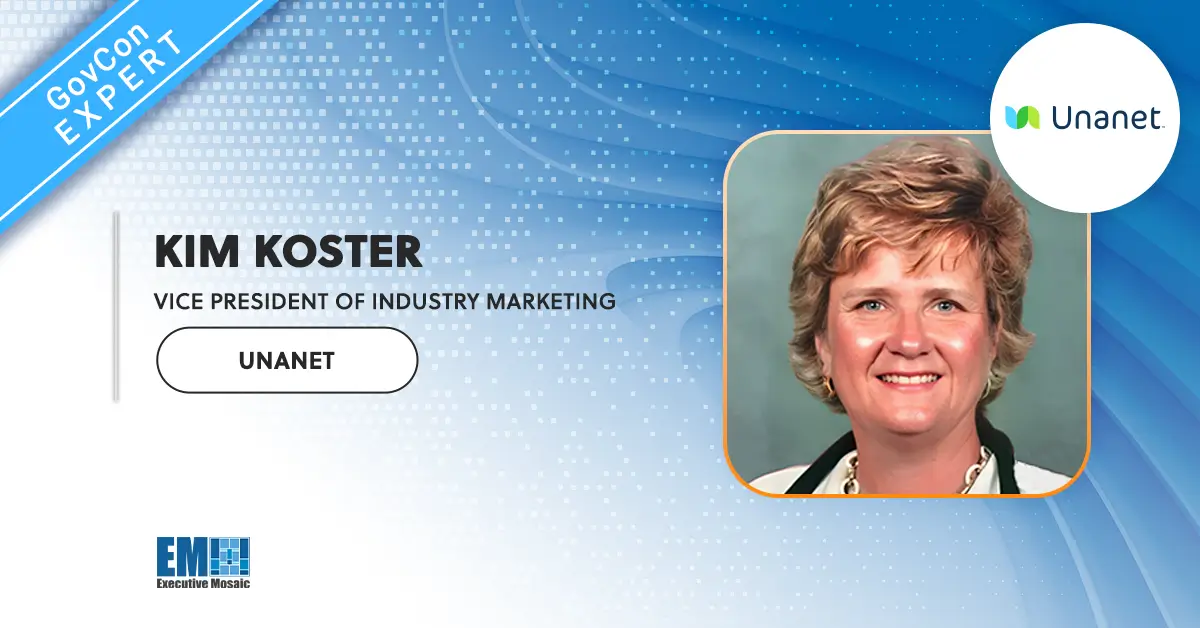By Kim Koster
If you’re a federal contractor whose fiscal year ended Dec. 31, and you do business with the Dept. of Defense (DoD), this could very well be crunch time for your company, with the deadline for submission of incurred cost submissions (ICS) to your Administrative Contracting Officer (ACO) and the Defense Contract Audit Agency (DCAA) looming at the end of June.
The FAR’s six-month ICS deadline — and the audit process that follows — can be a major headache for the uninitiated and underprepared. With a solid understanding of how to navigate the process, an ERP system that gives firms a good handle on their data, and a process that permits timely compliance with deadlines, both the ICS and the subsequent audit can be relatively stress-free (at least as far as government audits go).
Here, then, is a quick ICS primer. The more you know about the complexities and pitfalls of the ICS process, the smoother and more favorable the outcome likely will be.
What, Why & When
The DCAA is responsible for performing all contract audits for the DoD. It provides financial and accounting advisory services for contract negotiation, administration and settlement, including indirect rate audits.
The ICS details the direct and indirect costs of the work performed by a contractor during a given fiscal year. Its chief purpose is to provide a basis for settlement of the contractor’s final indirect rates for the year. The DCAA audits the ICS to determine if a contractor’s claimed actual cost and billed cost reconcile, and to make a recommendation to the ACO regarding final indirect cost rates.
An ICS is required within six months of the end of the accounting year (whether fiscal or calendar) for all contractors with contracts containing the Allowable Cost and Payment clause (FAR 52.216-7). This includes almost all cost reimbursable contracts and most time and materials (T&M) contracts. The rates developed from the submission typically serve as the source or starting point for calculations to support the adjustment of interim billings to actual rates and the closeout of completed contracts.
If a contractor doesn’t submit an ICS by the six-month deadline, it can expect a reminder from the DCAA; if the submission is more than six months late (12 months past the fiscal year-end), DCAA will alert the ACO and recommend a “judgmental decrement” to the billing rates used that year. The ACO may then unilaterally determine the final rates based on that recommendation or any other information available. This rarely produces an outcome in the contractor’s favor. That, plus the possibility that a missed filing could lead to billing withholds, and the infrequency with which filing extensions are granted, make compliance with filing deadlines critical.
Once the DCAA determines a contractor’s ICS to be adequate, the DCAA Field Audit Office (FAO) should initiate the actual incurred cost audit within six months of receiving the ICS. When the audit is complete, an exit conference should be held to summarize issues and resolutions identified during the audit process, after which there may be negotiations between the contracting officer and the contractor to address issues. Finally, within 120 days of settlement of the final rates, the contractor must submit an invoice or voucher reflecting required adjustments in prior billings, positive or negative (the “ICS true-up”).
The How: Best Practices for a Positive ICS Outcome
The ICS and subsequent audit can be challenging. There are both mandatory and supplemental schedules that require a company to identify rate structures, direct cost by cost objectives (contracts), and both indirect and unallowable costs. In many cases, extensive documentation is required, which puts a premium on having accurate, and complete data and documentation readily available.
- Best practice: A single missing or unreconcilable schedule could cause the submission to be deemed inadequate. To avoid such an oversight, and to simplify and speed the submission and audit process, we recommend contractors use the DCAA’s Incurred Cost Electronically (ICE), a standardized, Excel-based spreadsheet (available at https://www.dcaa.mil/Checklists-Tools/ICE-Model/) that provides a framework for preparing an adequate ICS.
- Best practice: Don’t skimp on your accounting system. A system that is planned and configured correctly can simplify the ICS and audit processes.
- Best practice: Be sure to validate the ICS spreadsheet (formulas, links, etc.) after data insertion is complete to ensure all schedules and rates reconcile and tie to one another, keeping in mind that the formulas and links in the ICE model are notoriously easy to break.
- Best practice: Be thorough and ensure all mandatory schedules are completed. Make sure Schedule N is signed (typically by CFO or above), that a separate schedule is prepared for each final and intermediate indirect expense pool. Finally, ensure all federal cost-type and T&M contracts are included and reported individually. Commercial and fixed-price contracts can be lumped or grouped. Consider completing and including all relevant supplemental schedules at the time of submission to expedite the audit. If certain schedules do not apply to your company, submit them anyway and mark them as “Not Applicable.” And keep in mind that you may be required to submit additional schedules during the audit process.
- Best practice: Be aware that Schedules B, E, and H are where errors most commonly occur, according to Tetiana Gervis, CPA, Senior Associate, Industry Specialty Services, at BDO, an audit, tax and advisory firm that supports government contractors. With Schedule H, for example, be sure to include customer name/federal agency, by award, she suggests.
- Best practice: Use the DCAA’s Incurred Cost Submission Adequacy Checklist to internally review the ICS prior to submission.
- Best practice: Ensure total costs per the trial balance reconcile to direct and indirect schedules before adjustments and intermediate allocations.
- Best practice: Once everything is reconciled and proven accurate, verify that unallowable costs are properly excluded. Review the submission for proper exclusion of unallowable expenses in accordance with the cost principles found at FAR Part 31, keeping in mind that penalties for including unallowable costs in your ICS can be substantial. Be sure to scrub any unallowable activity from high-risk accounts (“trigger accounts”). Ensure proper documentation is maintained for costs incurred, and that unallowable overhead expenses are included in the G&A base.
- Best practice: For a smoother ICS audit, be sure your company has concise, written policies and procedures that document cost accounting practices, and make that documentation available to auditors. The document(s) should include policies and procedures for billing, travel costs, bonus expense, segregation of direct and indirect costs, segregation of allowable and unallowable costs, vendor and subcontractor payments, and the structure and allocation bases of all indirect pools, both intermediate and final. Also make sure that actual practices match what is outlined in the policies and procedures, and that you can demonstrate compliance with them.
- Best practice: Responsiveness during the audit process really pays off. Make sure you provide pertinent documentation to DCAA as quickly as possible after they request it. Prepare in advance by gathering documentation beforehand for things you know that will ask about. The more you can facilitate the overall flow of the audit, the faster the process is likely to conclude, and the better the outcome will tend to be.
One more thing for government contractors to keep in mind here in ICS season: Now that the DCAA has worked through its ICS audit backlog, expect the agency and its auditors to use that newfound bandwidth to scrutinize small and mid-sized companies more closely. All the more reason to be prepared.
For a comprehensive look at the ICS and the DCAA’s audit process around incurred costs, check out Unanet’s recent webcast, Incurred Cost Submission – An Overview For Government Contractors.
Kim Koster is Vice President of GovCon Strategy for Unanet, focusing on project management, accounting and government contracting.






